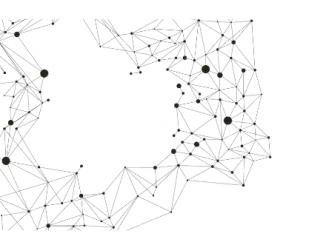Cloud-first data continues to shake up how we store, compute, and analyze information. Snowflake, one of the original cloud data warehousing leaders, just dropped its August 2025 update—and there’s enough here to keep data nerds buzzing for a while.
Here’s a down-to-earth walkthrough of the features that stood out to me—and why they matter.
1. Dynamic Materialized Views Go Live
Snowflake now supports truly dynamic, auto-updating materialized views. Imagine the view refreshing itself as data changes—no more manual triggers or custom scripts. It’s a big step toward predictable performance and less maintenance overhead.
2. Snowpark Gets Extended Language Support
Good news for dev teams: Snowpark now officially supports Go and TypeScript in addition to Python and Java. This means more flexibility and more adoption—from engineering teams that can plug Snowpark directly into their stacks.
3. Real-Time Data Ingestion via Streaming API
Snowflake has added a lightweight streaming ingestion API with near-zero latency. Perfect for use cases like adtech measurement, IoT dashboards, and live metrics—this brings Snowflake closer to the real-time promise of stream-native platforms.
4. Cost Governance: Tiered Storage Insights
One area I’m always watching is cost. The new tiered storage insights show how hot vs. cold data is being used and billed, complete with auto-suggestions on where you might move files or tables to save on storage pricing.
5. Snowflake’s New Auto-Scale Policies
Snowflake’s compute auto-scale has graduated—now you can define more nuanced policies. Think “scale up to 10 nodes, but no more than 5 if there’s only 500 concurrent users”—nice way to keep performance tight while controlling costs.
Why These Updates Matter
These tweaks aren’t flashy, but they’re powerful:
-
Less Dev Ops: Auto-refreshing views and tailored compute policies mean less manual work for operations teams.
-
Broader Dev Adoption: With Snowpark welcoming Go and TypeScript, more devs can build data services right where they already work.
-
Real-Time Moves Toward Reality: Streaming API lets Snowflake play in low-latency scenarios it was always designed for—but never quite reached until now.
-
Smart Storage = Smarter Budgeting: Insight into storage tiers helps you stay lean and efficient.


